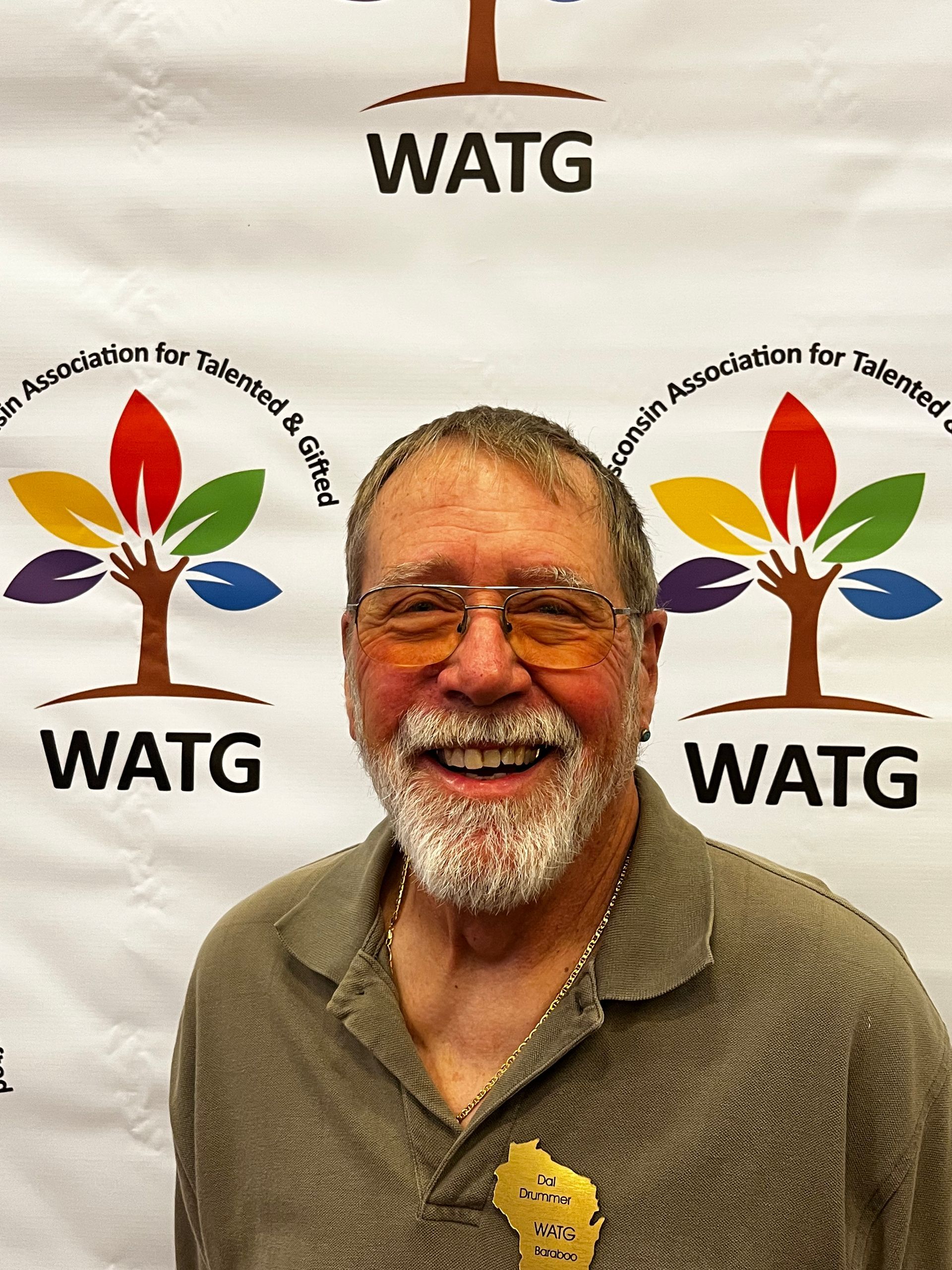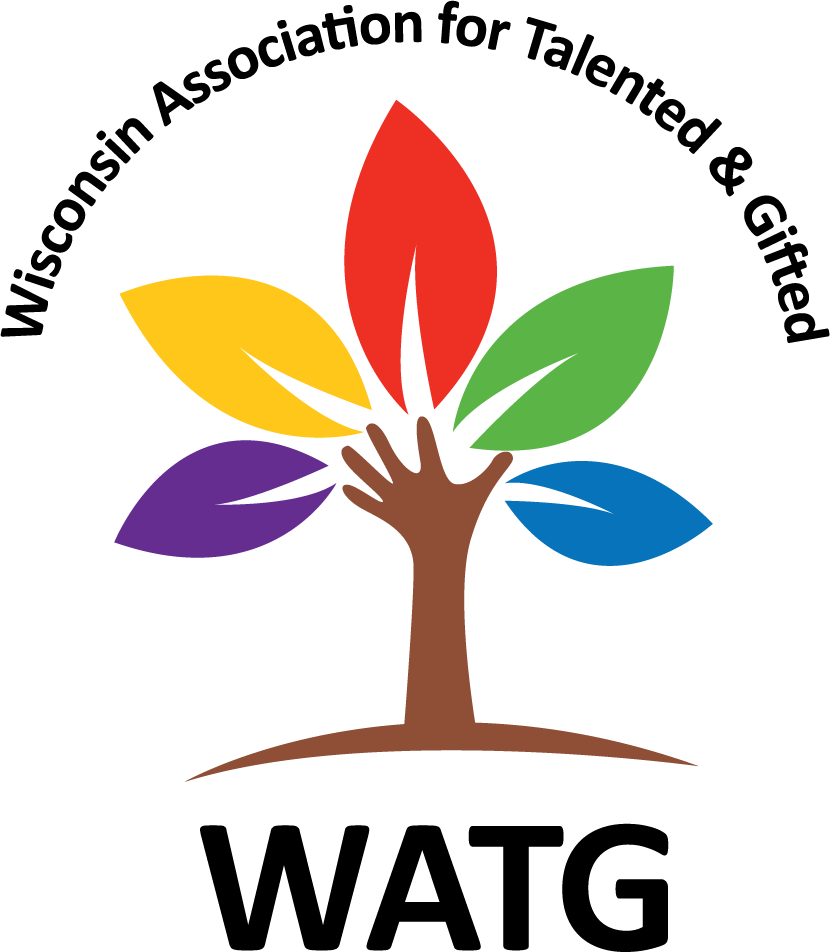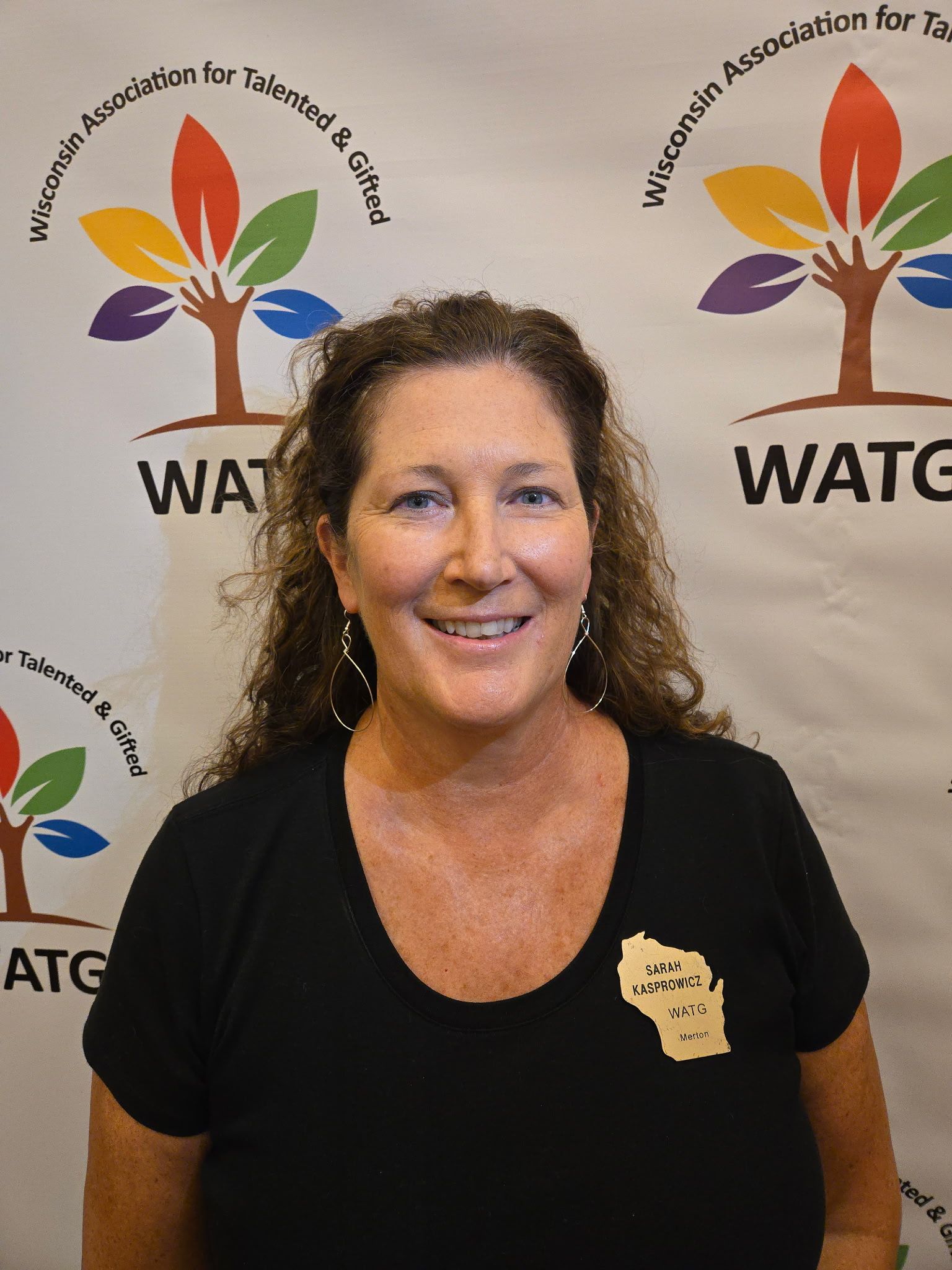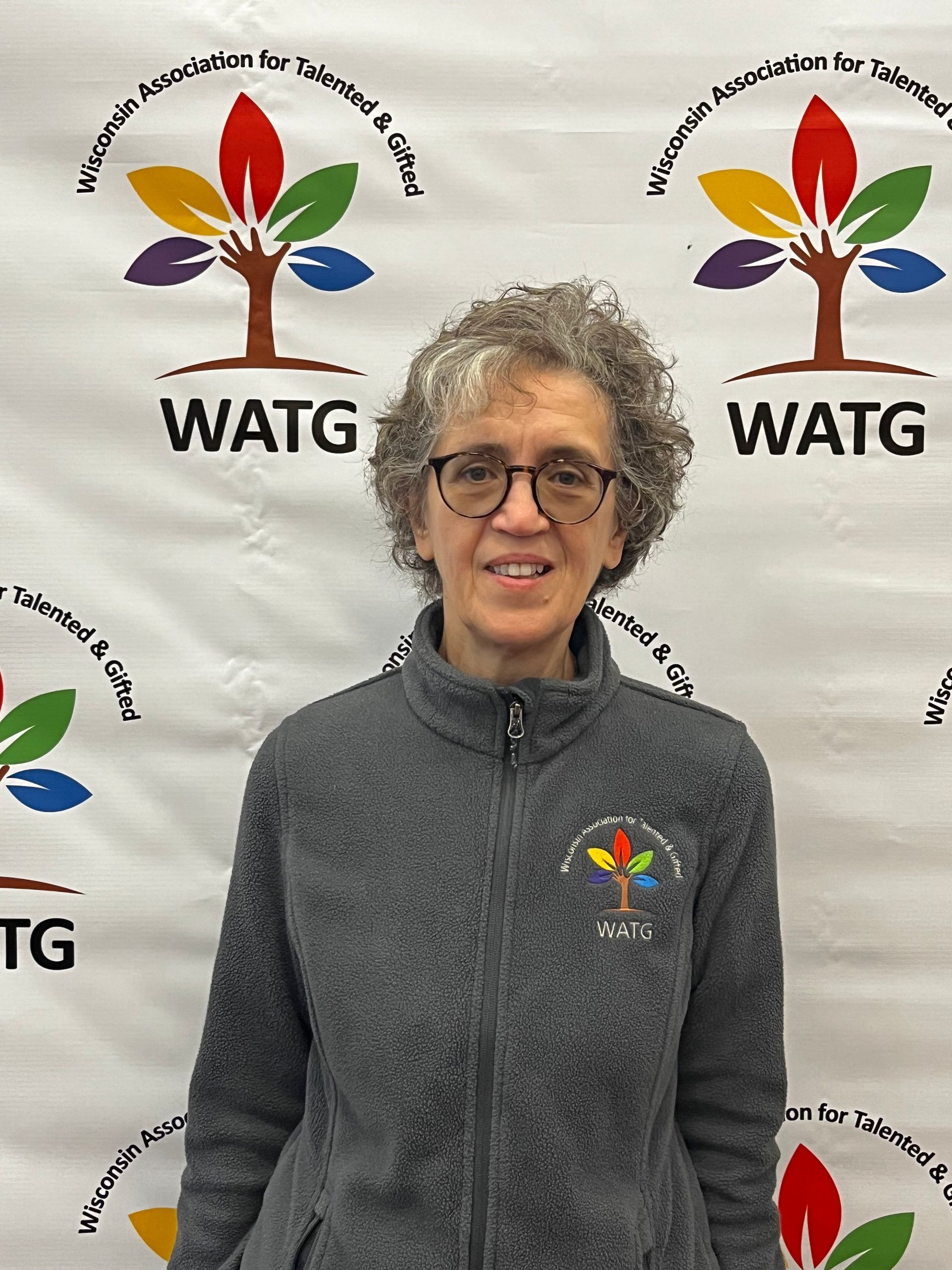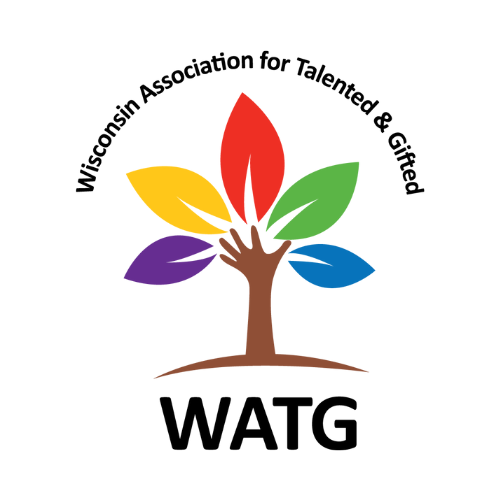Critical Thinking and Academic Learning
As an educator, parent, and grandparent, I have often wondered about the connections between academic learning and critical and creative thinking skills. It seems to me that these thinking skills need to be directly taught, and that they enhance academic performance. However, I am also convinced that creative and critical thinking skills cannot be taught in a vacuum; they must be embedded into our curriculum and our daily lives. Children need to have something real to think about. As their knowledge base grows, they will use the tools of creative and critical thinking to enhance and hone their learning and academic performance.
Serendipitously while pondering this, I came upon this article by Eric W. Dolan in the June 24, 2025 edition of PsyPost: Cognitive Science,
Critical thinking and academic achievement reinforce each other over time, study finds. The study, albeit small, conducted at Huazhong University of Science and Technology with160 Chinese students in grades four through six, explored the link between critical thinking and academic learning. Their findings suggest that “critical thinking skills and academic achievement influence each other in a
bidirectional way during the upper elementary school years. This connection remained stable even after accounting for students’ general cognitive ability. The findings support the idea that teaching students to think critically and building their knowledge base can work hand in hand to support long-term academic development. The results showed that students who had higher academic achievement than expected for their own average performance also tended to show higher-than-expected growth in critical thinking skills at the next measurement point. The reverse was also true; students who scored higher than expected in critical thinking also tended to improve in their academic achievement over time. These patterns held even after controlling for general cognitive ability, suggesting that the two factors genuinely support each other in a meaningful way”.
Another finding of the study was that although students grew continually in critical thinking and academic achievement over the three years of study – fourth, fifth, and sixth grade – the biggest gains were seen between fourth and fifth grades. This correlates with some research that suggests that great cognitive leaps (especially into the realm of abstract thinking) occur as children approach the ages of 11 or 12. (Gifted children may reach this stage somewhat earlier.) The researchers hope to continue to examine the bidirectional effects inherent in this study in older students in the future. They expect that the results will continue to strengthen their findings.
Above all, the critical thinking study confirms that
direct teaching of critical thinking skills, in conjunction with curriculum and life activities, is imperative; these skills are not necessarily inherent in students. So how can educators and parents/caregivers do this? Here are some concrete examples:
- Teach children to observe. Expect them to slow down and look, listen, smell, taste, and feel. Encourage mindfulness, and celebrate journaling, and active listening. Help them keep track of their observations and reflect on what they are noticing.
- Teach children to analyze. Help children find problems and evaluate situations. Help them discover the facts, data, or information about the problem that are important (or not important). They will need to learn to question, to gather unbiased research and data, and to objectively examine their findings.
- Teach children to communicate effectively. This means engaging them in respectful discussions and debates about important topics. They need to learn to listen actively and thoughtfully and to share their opinions with grace in a rational and calm way.
- Teach children about “educated guesses” or inference. As children grow in abstract thinking, help them to watch, listen, and read “between the lines”. Help them to interpret body language, vocal inflection, graphs, tables, images, etc. Teach them that things may not be exactly as they present.
- Teach problem-solving skills. These include:
- Finding a problem
- Examining the facts, data, information
- Looking for the positives and possibilities of an idea
- Looking for the negatives and challenges of an idea
- Trusting their “gut” or emotional response
- Crafting a solution and determining a reasonable solution and path of action
For more information on decision-making/problem solving, and teaching these to children (or adults), check out the work of Edward de Bono and his Six Thinking Skills Hats technique.
Though I was not able to find any studies linking creative thinking and improved academic learning, my experience has taught me that infusing creativity and creative thinking into learning improves motivation and engagement, leading to increased academic performance. Though some children may prefer creative thinking and others critical thinking, all need to learn how to do both. And the good news is that these can be taught.
How about you? How do you infuse creative and critical thinking into your classroom, or in your daily life with children? How can you encourage educators to use these tools to increase learning? Please share your ideas. As always, I welcome your thoughts. Together we grow.
By Jackie Drummer, Past President and Current Board Advisor, WATG
Thank you to Esther Vazquez for her translation of this article for our Spanish-speaking educators and families.
